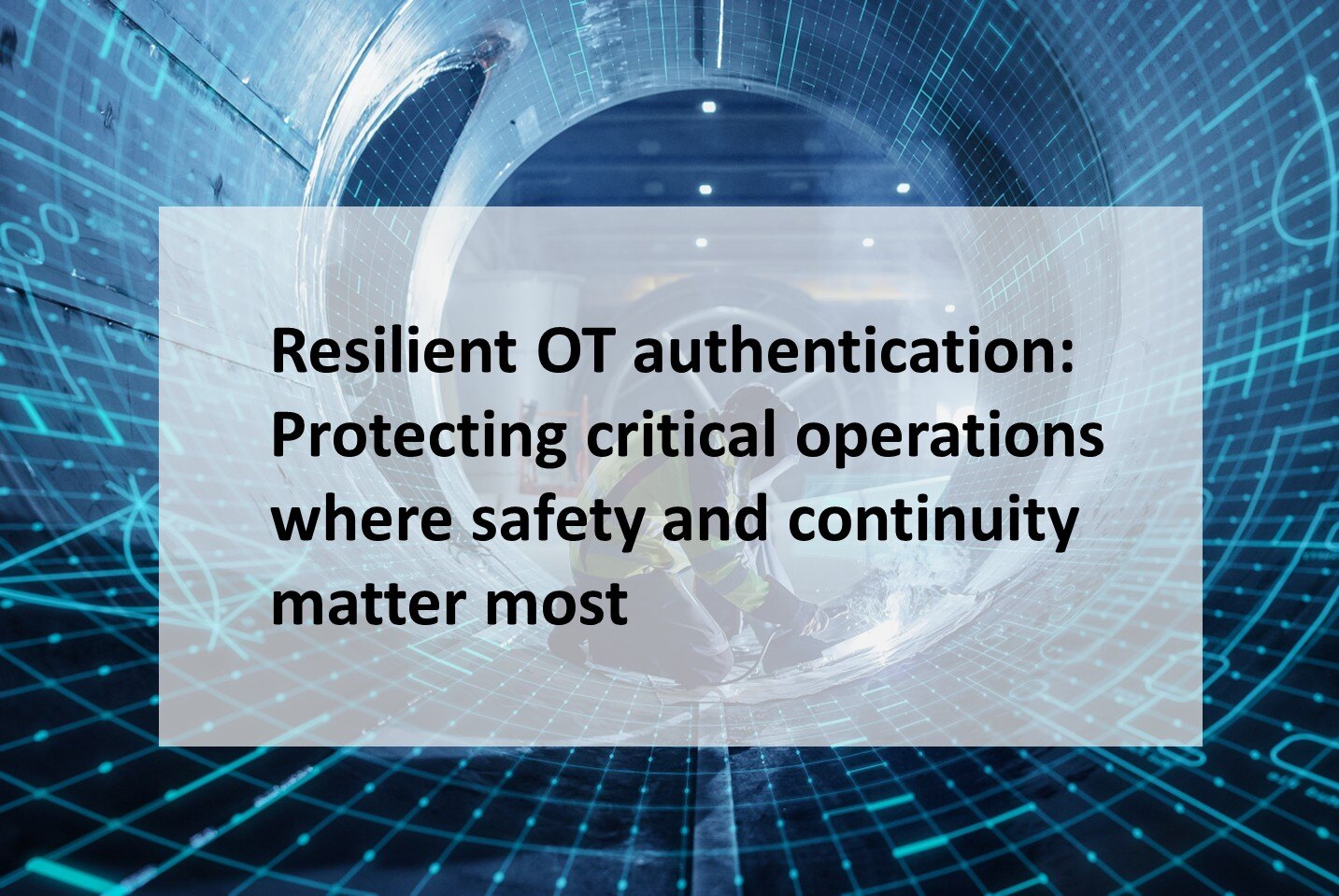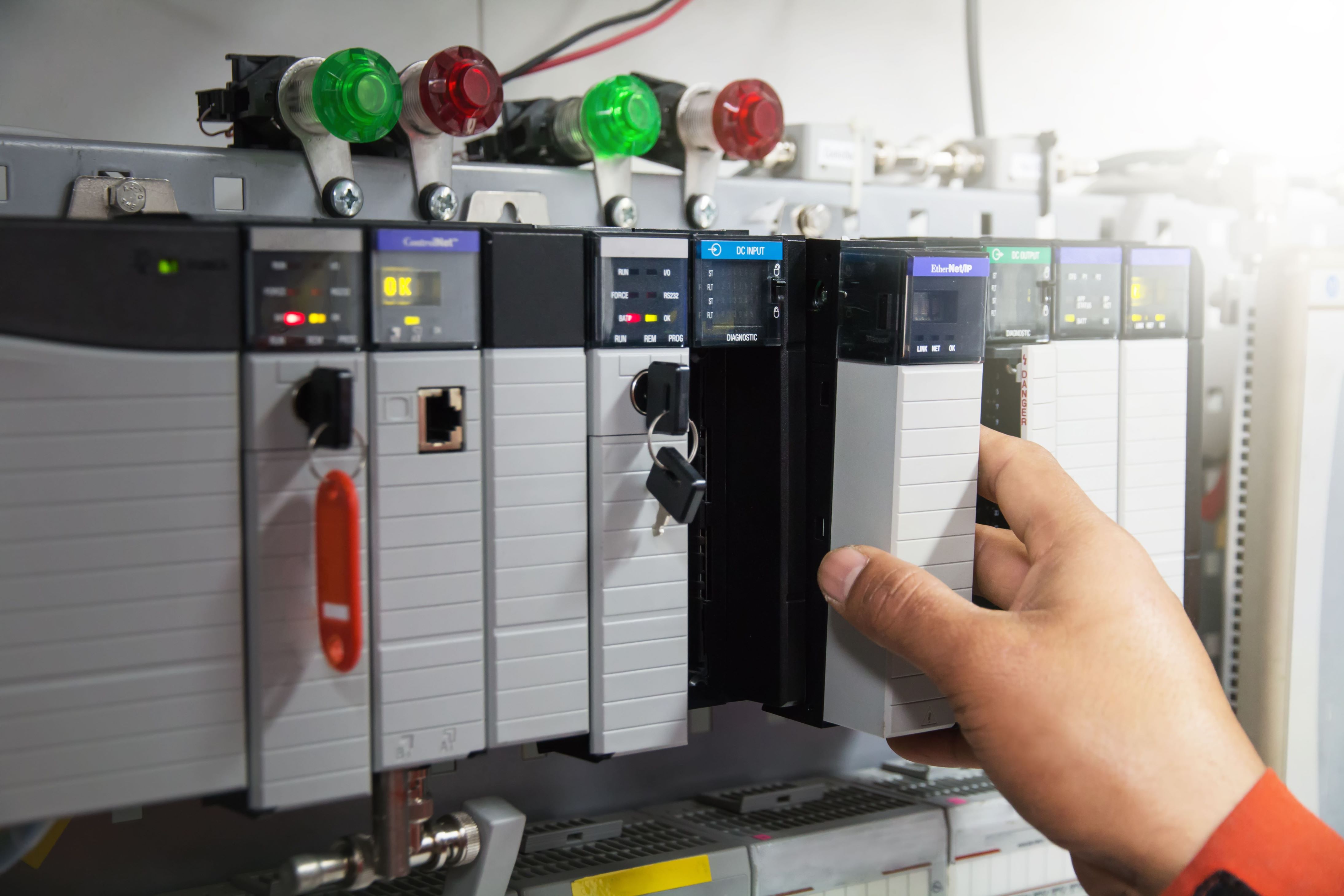OT Auth
As cyberattacks on Operational Technology (OT) systems intensify, industries across manufacturing, energy, and transportation face growing risks to critical assets and operational continuity. Legacy OT endpoints — including Programmable Logic Controllers (PLC), Human-Machine Interfaces (HMI), Remote Terminal Units (RTU), Distributed Control Systems (DCS), and Supervisory Control and Data Acquisition (SCADA) systems — still rely on static credentials, shared accounts, and air-gapped networks, making them increasingly vulnerable.
Conventional IT security tools often fail in OT environments. OT Auth delivers a portfolio of solutions that stop unauthorised access, credential abuse, and spoofing — without relying on network connectivity or disrupting operations.

Features & Benefits
Eliminate shared and static credentials
No more passwords, tokens, or shared logins that can be stolen or misused. swIDch issues one-time dynamic codes per user/device that can’t be reused or cloned — eliminating the risk of insider threats and external compromise.
Offline authentication for air-gapped systems
Many OT networks are air-gapped or operate in low-connectivity environments. OT Auth solutions generate authentication codes without network dependency, enabling secure access even in offline or remote sites.
Compliance-ready for industry standards
Our solutions help meet identity-based access control requirements under NIS2, IEC 62443, and other regulatory frameworks — reducing audit burdens and future-proofing your security investment.
Seamless deployment across OT ecosystems
OT Auth solutions integrates with existing OT systems — PLCs, engineering workstations, gateways — without requiring network redesign or additional hardware. Easy to implement, powerful to scale.
Our portfolio

Designed for OT endpoint devices and systems, Endpoint OTAC authenticates personnel accessing PLCs, HMIs, RTUs, DCS, and SCADA with dynamic, one-time codes. It blocks unauthorised access and lateral movement from compromised user credentials — ensuring secure control at the source.
![[swIDch] OTAC TAG-2](https://www.swidch.com/hubfs/%5BswIDch%5D%20OTAC%20TAG-2.jpg)
This gateway acts as a secure bridge between users and OT networks. Deployed at the network edge, it verifies the identity of both remote and local users through OTAC before granting access, helping maintain strong perimeter defence without disrupting existing architecture.

Enabling strong multi-factor authentication across OT endpoints, OTAC Auth MFA secures SCADA, HMIs, and PLCs without replacing legacy equipment. Built on SSenStone’s patented OTAC technology, it provides local-first, dynamic verification even in air-gapped environments — empowering organisations to apply flexible, custom authentication policies aligned with IEC 62443 and NIS2 requirements.






